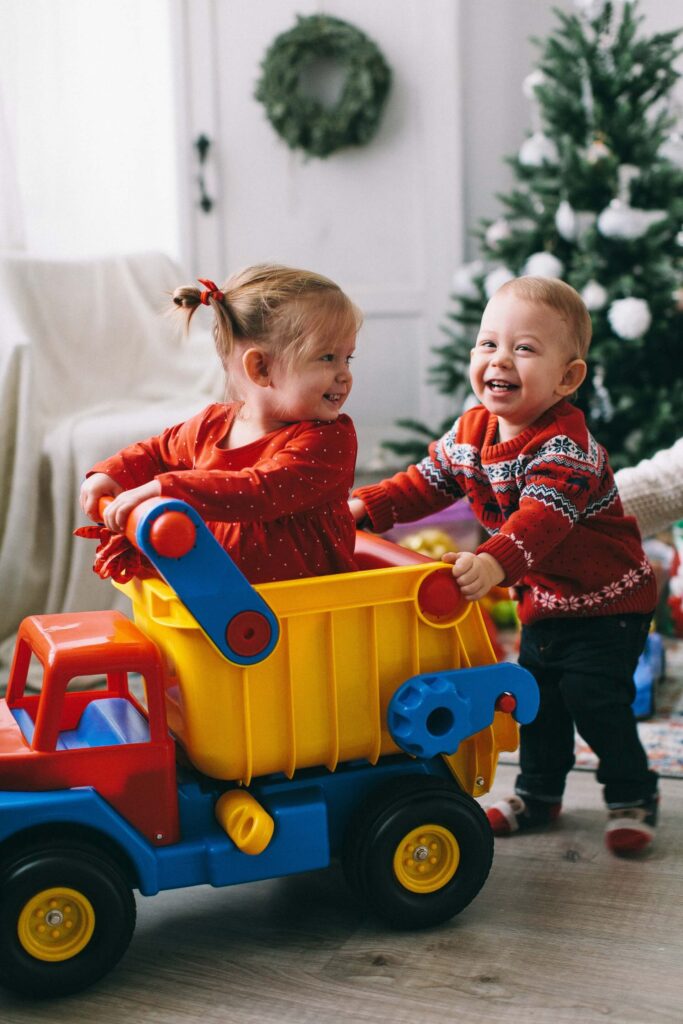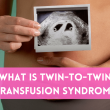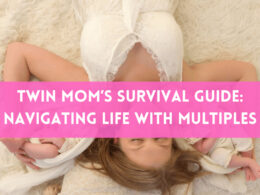Even though having twin babies is a common phenomenon these days, many people do not know that the term “twin” is a pretty broad one. There are different types of twins that have different genetic makeups.
One such type is the di/di twins type. Maybe you or someone close to you is having twins and the doctor said they are having di di twins, piquing your curiosity about what it means. Let us explain that to you.
What Are Di di Twins?

The two main categories that twins are divided into are identical and fraternal/non-identical.
Identical twins come from the same egg and sperm, as a result, they share the same sets of chromosomes and DNA. That is why they have the same sex, appearance, and genetic characteristics.
On the other hand, fraternal or non-identical twins come from separate eggs and sperms, sharing only 50 percent of the DNA like the other siblings. That is why it is not guaranteed that they will look the same. Moreover, they can also be of different sexes.
Identical twins are also called monozygotic twins as they come from one egg, and fraternal twins are called dizygotic twins because they come from two different eggs.
These two types of twins and the timing of their development determine if the twins will have their own chorionic and amniotic sacs or not, giving rise to another form of twin variation.
Di/di pregnancy is one such variant of twin pregnancy. Di/di twins, meaning dichorionic diamniotic twins are the most common type of twin pregnancy, also considered the most “normal” of the bunch. Here chorion is the outermost fetal membrane, whereas amnion is the innermost fetal membrane.
According to the department of obstetrics and gynecology, University of Columbia, dichorionic twins are a form of multiple gestations in which each twin has a separate placenta (blood supply) and amniotic sac.
In a di/di pregnancy, the twins also have separate chorions. In essence, this type of pregnancy consists of twins in different sacs, growing as they would in a single pregnancy, only in a smaller environment as they are sharing a womb.
What Confirms Di/di Pregnancy?

Perhaps the only confirmed way of knowing if the twins are di/di is if one is a boy and the other is a girl. Almost all twins of different sexes are dizygotic, therefore, they are di/di.
Other than that, in terms of determining whether the pregnancy contains di di twins ultrasounds done in the first trimester are most effective. The doctors look for some specific signs in the ultrasounds to confirm di/di pregnancy which include:
- Presence of two separate gestational sacks
- A thick echogenic chorion around each embryo
- The twin peak sign: the placenta projects a thick triangular shape between the layers of the dividing membrane which is known as the twin peak or the lambda sign
- Two yolk sacs
Can Di/di Twins Be Identical?
Being the most common type of twin pregnancy, in most cases the twins born are fraternal. However, sometimes, di/di twins can even be identical.
In fraternal pregnancy, two separate eggs are fertilized by two separate sperms, creating two individual zygotes that have their own chorionic and amniotic sacs. This pregnancy results in the birth of fraternal, or, different looking twins.
On the contrary, in terms of identical twins, the pregnancy begins with one egg and one sperm, creating on zygote that gets split into two at some point. With this split, the placenta and amniotic sac also get split. If the split of the zygotes happens between 1 to 4 days of the pregnancy is it more likely to result in the birth of di di identical twins.
In a di/di pregnancy if the di di twins’ gender is the same then there is a greater chance of it being a pregnancy containing identical twins.
What are the risks and complications of di/di twins?
When it comes to twin pregnancies, di/di pregnancies have the lowest rate of risks and serious complications with a very high di/di twins survival rate. For example, in the case of twins sharing a placenta, there is a risk of one baby receiving more oxygen and nutrients than the other, making the other one weaker. Even though di/di pregnancies do not cause such complications, being pregnant with twins comes with its own additional risk factors. For this reason, it is vital to understand the risks and probable complications before going into delivery.
- Premature birth: Probably the most common complication in twin pregnancies is premature birth of the babies due to space restrictions. Approximately two-thirds of twin births occur prematurely. Though normally being born a little early will not affect the babies’ health, the earlier the birth, the greater the risk.
- Low birth weight: Another complication associated with twin pregnancies and early birth is low birth weight. As the twins have to share a womb that was originally supposed to carry one baby, they often do not find enough space to grow as much as a single baby would. Because of this as well as premature birth, twins have a higher risk of having lower birth weight.
- Anemia: Due to increased demand for blood supply due to carrying two babies, the mothers can suffer from anemia. Severe anemia can cause serious complications and even lead to the death of the mother during childbirth.
- Gestational diabetes: Having twins increases the chance of gestational diabetes, especially if the mother has a BML of 30 or higher.
- Gestational hypertension: The chance of this doubles if the pregnancy consists of twins. The increased blood pressure can also lead to pre-eclampsia, which can cause severe repercussions if not treated properly.
- Miscarriage: The chance of miscarrying one or both of the twins is much higher than that of single pregnancies.
Other than the points discussed above, di/di twin pregnancies occupy higher risks of birth defects, placenta previa, placental abruption, placenta accetra, postpartum hemorrhage, etc.
How does having di/di twins affect pregnancy?
More than half of twin births are delivered through caesarian sections due to heightened risks of complications. For the same reason, generally, home birth is also not recommended. You can also expect more doctors and nurses around you to handle the additional duties.
If your doctor allows normal delivery, the process will be the same as a single delivery, except twice. Furthermore, the position of the second baby will be checked with a scan after the first birth.
If you are lucky and everything goes smoothly you will be able to give birth completely naturally. In either case, you can sit back and get as much rest as possible at this time of your life. In this regard, you can use pregnancy pillows to heighten the quality of your sleep.
Conclusion
Pregnancy is no doubt a hard task. Moreover, the struggles are redouble when you are having twins in the place of one baby. However, an added child can also redouble the joy and celebrations if the parents are physically and mentally prepared.
Understanding the facts, risks, complications, and overall knowledge of what you are getting into can largely decrease your anxiety and help you get prepared and excited for your babies.
If you have found out you are having di di twins, we hope this article will help you understand your pregnancy a little bit better and help you ask informed questions regarding your pregnancy to your doctor and other health professionals.







